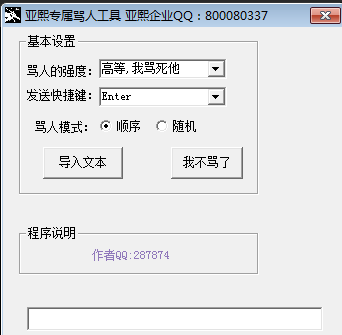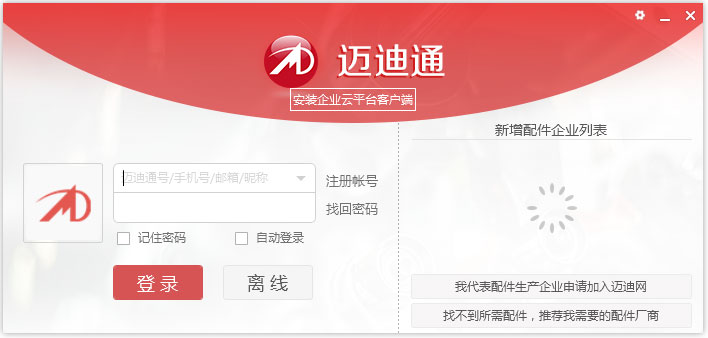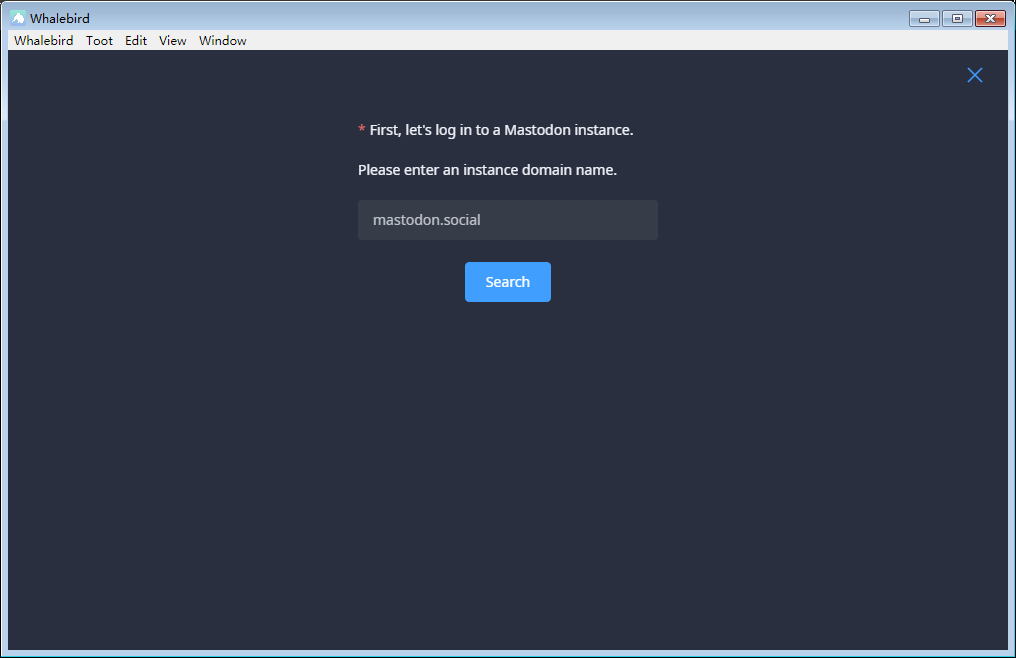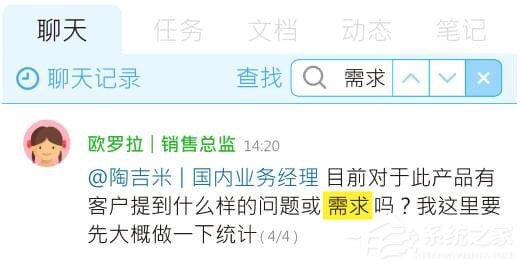MySQL自学篇(十一)
时间:2022-03-14 04:48
数据查询
一、单表查询
1、在select语句中使用“*”表示查询所有字段
首先:
创建一张表,由于测试
create table student(id int primary key not null,name varchar(30),sex varchar(4),class varchar(10));
其次:
插入数据,用于下面的查询操作
insert into student(id,name,sex,class) values (01,‘张三‘,‘男‘,‘班级1‘),(02,‘李四‘,‘男‘,‘班级2‘),(03,‘王五‘,‘女‘,‘班级3‘);
再次:
查询所有字段
select * from student;
2、在select中指定所有字段名,顺序可以和表中的顺序不同
select name,id,class,sex from student;
查询所得结果是sql按照sql语句中指定的字段名排序的
3、加入where子句的查询条件
select id,name from student where class=‘班级1‘;
4、带有IN关键字的查询
select * from student where id in (1,2);
5、带BETWEEN AND的范围查询
select * from student where id between 1 and 3;
6、带有LIKE的字符匹配查询
(1)‘%’,匹配任意长度的字符,甚至包括0字符
select * from student where class like ‘班%‘;
(2)带‘_’,一次只能匹配任意一个字符
select * from student where class like ‘_级_‘;
7、查询空值
使用IS NULL子句,判断某字段内容是否为空
select name from student where id is null;
IS NOT NULL子句的作用跟IS NULL相反,判断某字段的内容不为空值
select name from student where id is not null;
8、带有AND的多条件查询
在select查询的时候,可以增加查询的限制条件,这样可以使得查询的结果更加精确。AND就可以增加多个限制条件。
select * from student where sex = ‘男‘ and class = ‘班级1‘;
9、带有OR的多条件查询
OR表示只要满足其中的一个条件的记录既可以返回
select * from student where sex = ‘女‘ or id = 1;
10、DISTINCT关键字使得查询的结果不重复
select distinct sex from student;
11、对查询的结果进行单列排序
Order by表示按照某一列排序,默认的属性是升序排序,可以使用desc实现倒序排序
select * from student order by id desc;
12、多列排序
select * from student order by id,class;
首先按照id的升序排序,如果遇到id相同的值,则再按照class值排序。



























